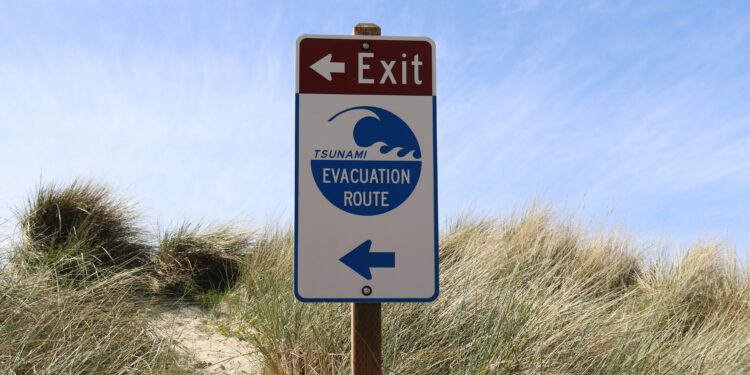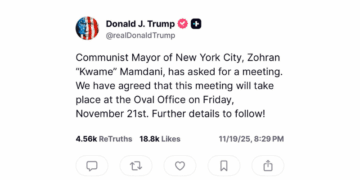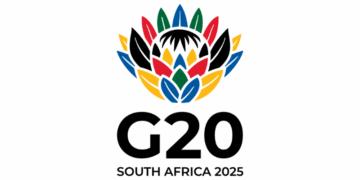A powerful 8.8-magnitude undersea earthquake struck off Russia’s Kamchatka Peninsula on Wednesday, July 30, prompting tsunami warnings and evacuations across several Pacific nations.
The quake hit at a depth of 19 kilometers, southeast of Petropavlovsk-Kamchatsky, according to the U.S. Geological Survey. It sent waves up to five meters high toward the Kuril Islands, leading Russian officials to declare a state of emergency in Severo-Kurilsk. Although some areas experienced flooding, authorities reported no casualties. Shortly after the quake, Kamchatka’s Klyuchevskoy volcano also erupted, adding to concerns in the region.
Tsunami warnings were issued across the Pacific Rim. Japan ordered the evacuation of approximately 1.9 million people across 21 prefectures, including Hokkaido and Fukushima. The Japan Meteorological Agency warned that waves of up to three meters could strike coastal areas and urged residents to stay inland.
In Hawaii, the Pacific Tsunami Warning Center initially ordered evacuations for low-lying regions as projected wave heights exceeded one meter. Honolulu officials activated emergency plans and instructed people in evacuation zones to move to higher ground. The alert was later downgraded after waves of about four to five feet reached shorelines without major impact.
On the U.S. mainland, tsunami advisories led to temporary evacuations in parts of California, Oregon, and Washington. Crescent City reported minor harbor flooding. The U.S. National Tsunami Warning Center confirmed waves of half a meter and lifted the warnings by late afternoon.
Chile also raised its alert level and began precautionary evacuations along its coast. Australia and New Zealand issued coastal advisories, though both countries only saw minor wave activity.
By the end of the day, most tsunami warnings had been downgraded or canceled. However, officials continued to caution the public about strong currents and lingering coastal hazards in the aftermath of the quake.










